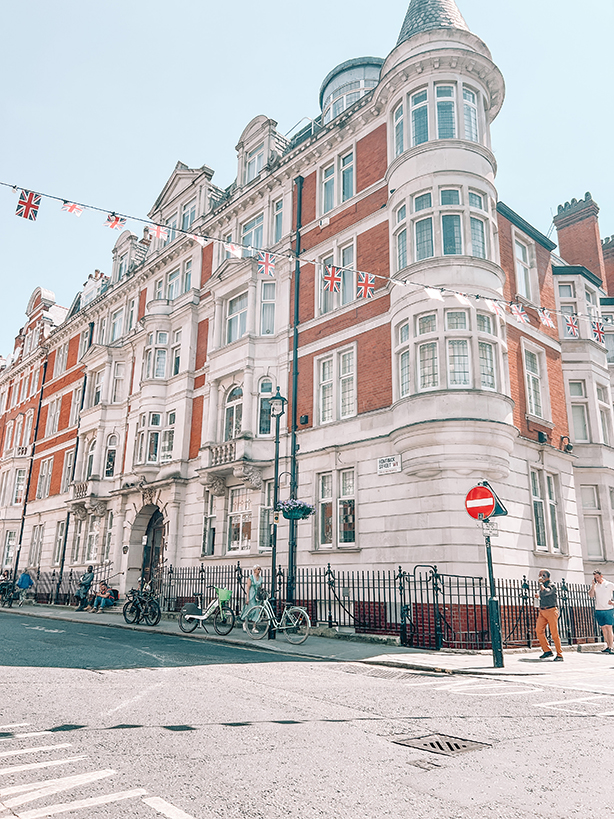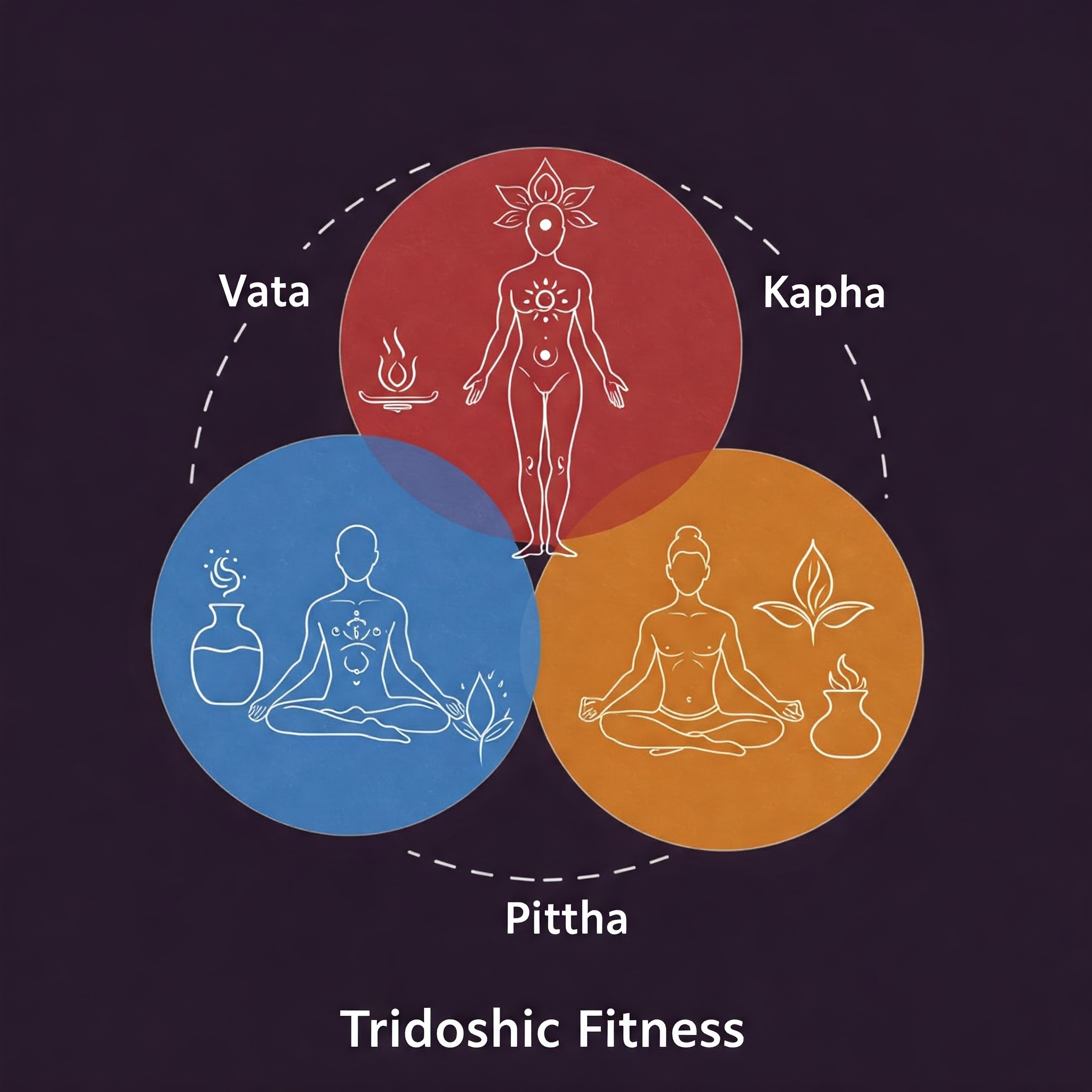Over the years, I feel we’ve lost touch with the true meaning of food. With so many diets, trends, and supplements constantly being promoted, it’s easy to forget that food is more than just calories—it’s information for our cells.
Food fuels us at a deep, cellular level, providing the nutrients we need for vitality, sustained energy, and, most importantly, a healthy digestive system. We’ve all heard the saying, “We are what we eat,” but the truth is, we are what we digest. No two bodies process food the same way, which makes nutrition highly individual.
This Nutrition Month, I encourage you to look beyond the trends and reconnect with the purpose of food: to nourish, heal, and sustain you from the inside out. What does nutrition mean to you?
When stocking your home, focus on real, whole foods—fresh vegetables, quality proteins, healthy fats, and nutrient-dense snacks. If a product has a long list of unrecognizable ingredients or artificial additives, it’s best left on the shelf.
By eliminating these foodless, processed items from your home, you set yourself up for better digestion, sustained energy, and overall well-being. Start by making small changes, reading ingredient labels, and prioritizing foods that truly nourish your body.
Getting adequate fiber is crucial for maintaining a healthy colon. Fiber acts like a natural broom, sweeping out unnecessary waste that builds up from overeating, poor food choices, stress, and sluggish digestion. Without enough fiber, toxins and waste can linger in the body, leading to bloating, discomfort, and an overburdened digestive system.
The key is to remember that fiber is not meant to stay in our bodies, it’s there to aid the elimination process. That’s why consuming enough raw foods, like fresh fruits and vegetables, is essential. These foods provide the insoluble and soluble fiber needed to support digestion, regulate bowel movements, and promote overall gut health.
By making fiber-rich whole foods a daily priority, you help your body naturally detoxify, improve nutrient absorption, and create the foundation for long-term digestive wellness.
Best Fiber-Rich Foods
Vegetables (Insoluble + Soluble Fiber)
- Leafy greens (kale, spinach, Swiss chard)
- Cruciferous vegetables (broccoli, cauliflower, Brussels sprouts)
- Carrots
- Zucchini
- Bell peppers (specifically red, yellow, orange )
- Celery
- Artichokes (one of the highest fiber veggies!)
Fruits (Soluble + Insoluble Fiber)
- Berries (raspberries, blackberries, blueberries, strawberries)
- Apples (with skin)
- Pears
- Oranges & citrus fruits
- Bananas (especially slightly green ones, rich in resistant starch)
- Figs & prunes
Seeds & Nuts (Mostly Insoluble Fiber)
- Flaxseeds (also provide omega-3s)
- Chia seeds (high in both fiber and healthy fats)
- Pumpkin seeds
- Almonds & walnuts
Tips to Increase Fiber Intake
- Eat a variety of raw and cooked vegetables daily.
- Keep the skin on fruits and vegetables when possible.
- Add seeds to smoothies, yogurt, or salads.
- Soak and sprout legumes for better digestion.
- Stay hydrated—fiber needs water to work effectively!
A diet rich in whole, unprocessed foods ensures you’re getting a balanced mix of fiber to support digestion, detoxification, and overall health.
The following is a list to help you make better choices when it comes to proteins and fats
Best & Healthiest Sources of Animal and Vegan Protein
Animal-Based Protein Sources:
- Grass-Fed Beef – Higher in omega-3s, CLA (conjugated linoleic acid), and essential amino acids.
- Pasture-Raised Poultry (Chicken & Turkey) – Free from antibiotics and added hormones, providing lean protein.
- Wild-Caught Fish (Salmon, Sardines, Mackerel) – Rich in high-quality protein and anti-inflammatory omega-3 fatty acids.
- Organic, Pasture-Raised Eggs – A nutrient powerhouse with choline, B vitamins, and bioavailable protein.
- Grass-Fed Organ Meats (Liver, Heart, Kidney) – Packed with iron, vitamin A, and B vitamins.
- Bone Broth & Collagen – Supports gut health, joints, and skin while providing easily digestible protein.
- Raw & Unpasteurized Dairy (If tolerated) – Grass-fed raw milk, kefir, and cheese contain bioavailable protein and probiotics.
Vegan Protein Sources:
- Lentils & Legumes (Chickpeas, Black Beans, Kidney Beans) – High in fiber, iron, and plant-based protein.
- Quinoa – A complete protein with all nine essential amino acids.
- Hemp Seeds – Rich in protein, healthy fats, and magnesium.
- Chia Seeds – Contain protein, fiber, and anti-inflammatory omega-3s.
- Spirulina & Chlorella – Blue-green algae loaded with protein, B vitamins, and detoxifying properties.
- Tempeh & Natto (Fermented Soy) – High in protein and beneficial probiotics, but best when organic and non-GMO.
- Nuts & Nut Butters (Almonds, Walnuts, Cashews) – Provide protein along with healthy fats, but should be eaten in moderation.
- Nutritional Yeast – High in B12 and a great protein boost for plant-based diets.
Both animal and vegan protein sources have their benefits, and the best approach is choosing high-quality, minimally processed options that align with your dietary needs and digestion.
Best & Worst Oils for Health
The oils we consume play a huge role in inflammation, heart health, and overall well-being. Choosing the right oils can support brain function, hormone balance, and reduce inflammation, while the wrong oils can lead to oxidative stress, poor digestion, and chronic disease.
- Best, Healthiest Oils (Cold-Pressed, Unrefined, and Stable at High Heat)
Best for Cooking (Stable at High Heat)
- Extra Virgin Olive Oil – High in antioxidants and monounsaturated fats; best for low to medium-heat cooking.
- Avocado Oil – Rich in heart-healthy fats, with a high smoke point (great for sautéing and roasting).
- Coconut Oil – Antimicrobial properties, medium-chain triglycerides (MCTs) for energy, good for baking and medium-heat cooking.
- Grass-Fed Butter & Ghee – Nutrient-dense, rich in vitamins A, D, E, and K, and high in healthy saturated fats.
- Tallow & Lard (From Pasture-Raised Animals) – Traditional cooking fats, stable at high temperatures, rich in fat-soluble vitamins.
Best for Cold Use (Drizzling, Dressings, & Dips)
- Flaxseed Oil – High in omega-3s, great for salad dressings (should not be heated).
- Walnut Oil – Rich in polyphenols and omega-3s, great for drizzling.
- Pumpkin Seed Oil – High in antioxidants and minerals, best used cold.
❌ Oils to Avoid (Highly Processed & Inflammatory)
These oils are highly refined, often oxidized, and contribute to chronic inflammation, poor heart health, and metabolic issues.
- Canola Oil – Highly processed, often hydrogenated, and stripped of nutrients.
- Soybean Oil – High in omega-6s, leading to an imbalance in the omega-3/6 ratio.
- Corn Oil – Genetically modified and often oxidized before consumption.
- Sunflower & Safflower Oils (Refined) – High in omega-6s, which can increase inflammation when consumed excessively.
- Grapeseed Oil – Marketed as healthy but high in unstable polyunsaturated fats.
- Vegetable Oil (Generic blends) – Usually a mix of cheap, highly processed oils (corn, soybean, canola).
Rice Bran Oil – Often refined and contains unstable fats that break down under heat


























